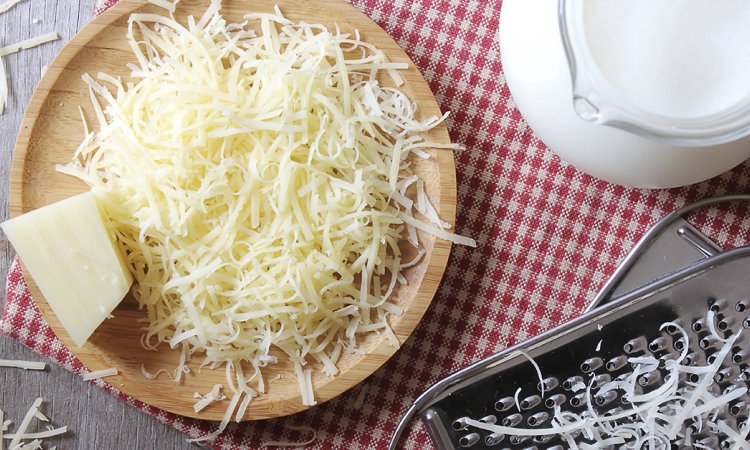
To make the most out of the Italian restaurant experience, a little knowledge can go a long way. You don’t need to speak Italian, but knowing a bit about Italian dining etiquette can help.
Once you’re seated, you’ll usually notice some bread and grated parmesan on the table. Restaurants will often have a cover charge or coperto as part of the meal. If you see this on your bill at the end of the meal don’t fret; it’s a standard restaurant charge. It includes the cost of service as well as things like the bread that begins the meal. Expect around €1–€2.50 per person when it comes to the coperto.
When it comes to using the parmesan, it’s typically only used on pasta with no seafood. Italians don’t usually find pairing seafood and cheese a pleasing combination. Bread in Italy is often made with much less salt than you’re used to in other countries— it isn’t something to eat by itself, but practically an edible utensil. Italians generally don’t eat their bread on its own, but keep it handy for scooping, dipping, and sopping up other delightful elements of your meal. This act is so popular it even has its own name - fare la scarpetta which means “making the little shoe.” Use your bread to mop up bits of leftover sauce, or to scoop up little, delicious bits of your meal!
When reading an Italian menu, the idea is to order something from each course. If you want a smaller meal you may want to limit your choices. When editing down Italian meal courses you can do as the Italians do; go for a shared antipasto with a primo. Another option would be picking the heavier secondo course and pair it with contorno or insalata. Check out our companion piece, the Anatomy of an Italian Meal, for more details on all the different courses.
Table manners in Italy dictate what type of beverage is to accompany each stage of the meal. Cocktails are typically drunk before the meal as an aperitivi. Wine and water are the only options you’ll typically encounter for accompanying your food. Dinner will end with a coffee for a pick me up, and a digestivo, an alcoholic drink to aid with digestion.
If you want to know how to order food in Italian, make sure you avoid asking for salad dressing, because you won’t find your typical salad dressings available in Italy. Salads will come dressed in olive oil and vinegar when they’re brought to the table. Keep in mind the dishes you’re familiar with at home, like Fettuccine Alfredo or spaghetti with meatballs, don’t really exist in Italy. Keep to what’s on the menu with a little advice from your waiter, and you’ll do fine.
This should cover the basics of how to order dinner in Italian but what about breakfast and lunch? Are there common tourist pitfalls to be aware of?
When it comes to breakfast in Italy, it’s typically a light affair. Think a strong espresso and a sweet pastry. If you try to order eggs, bacon, pancakes, or any other things you’re used to eating at home, be prepared for some confused looks. Breakfast time is also an excellent time to order a cappuccino, since Italians have an aversion to milk-based coffee drinks after 12 o’clock.
Lunch is pretty straightforward; if you’re on the run stop for a sandwich or some pizza. You may see “pepperoni” on the menu—if you check your Italian vocabulary, you’ll find this is the plural of bell pepper. This won’t be the pepperoni pizza you’re used it. When in doubt, you can always point or request a pizza that includes meat from the staff.
This should help you on your way to making the best of your culinary adventures in Italy. Buon appetito!


